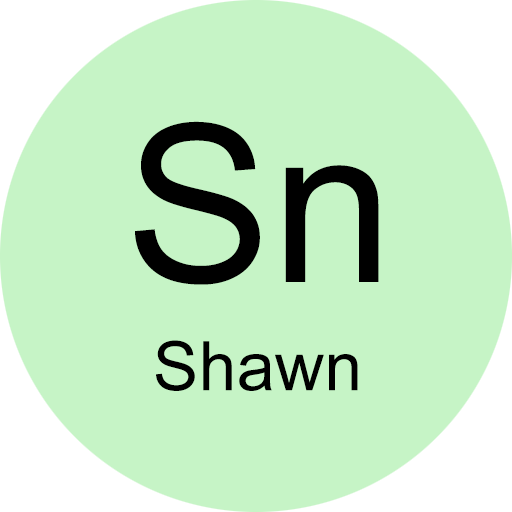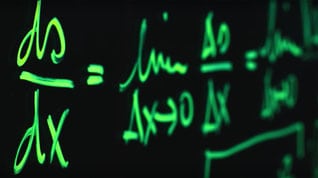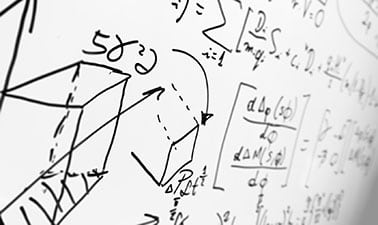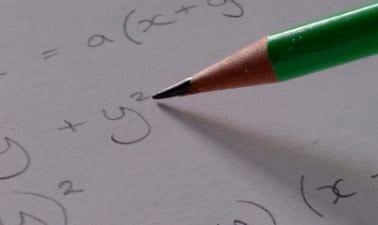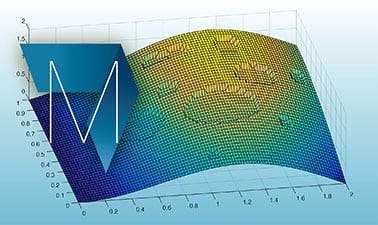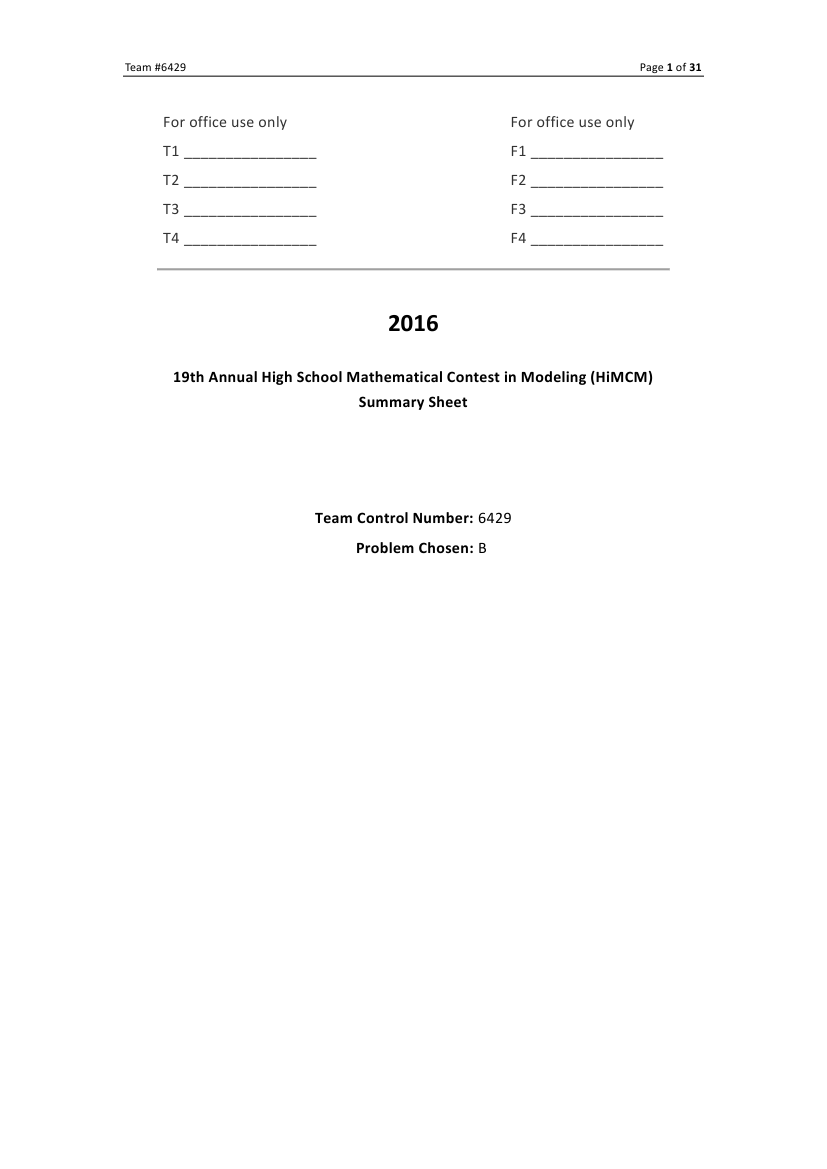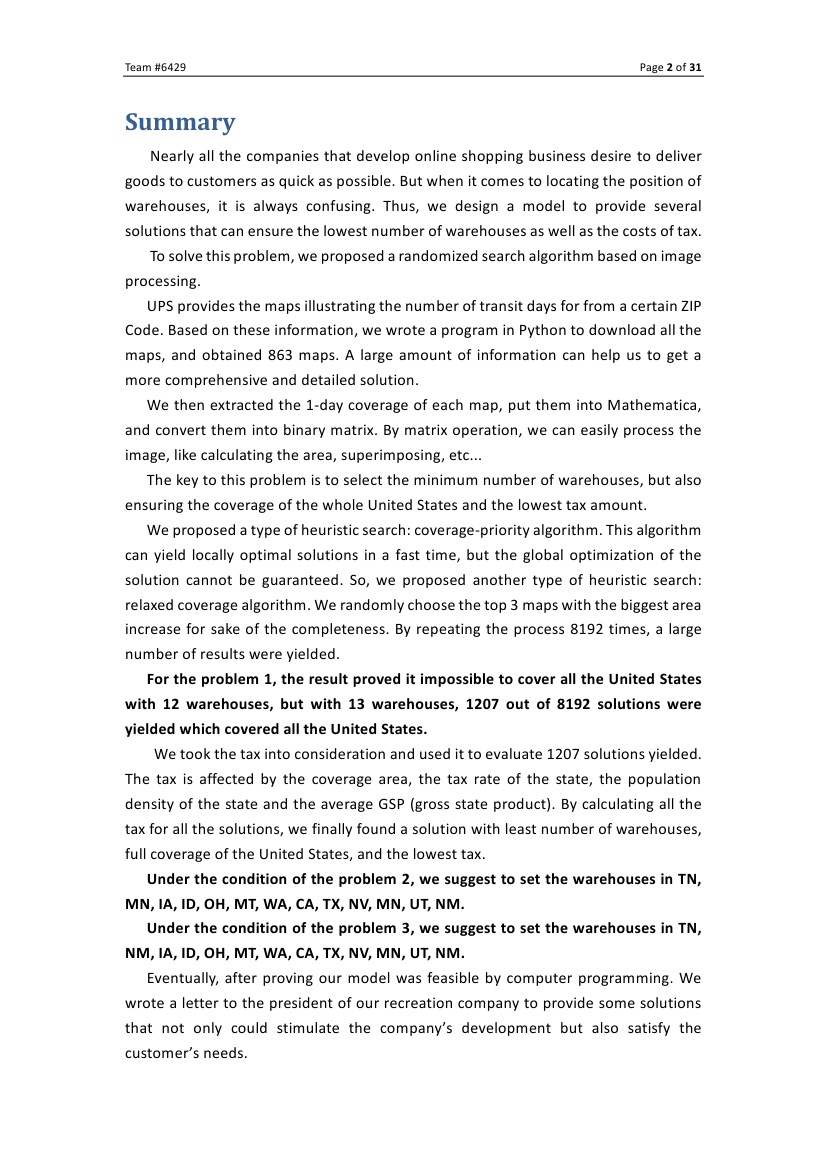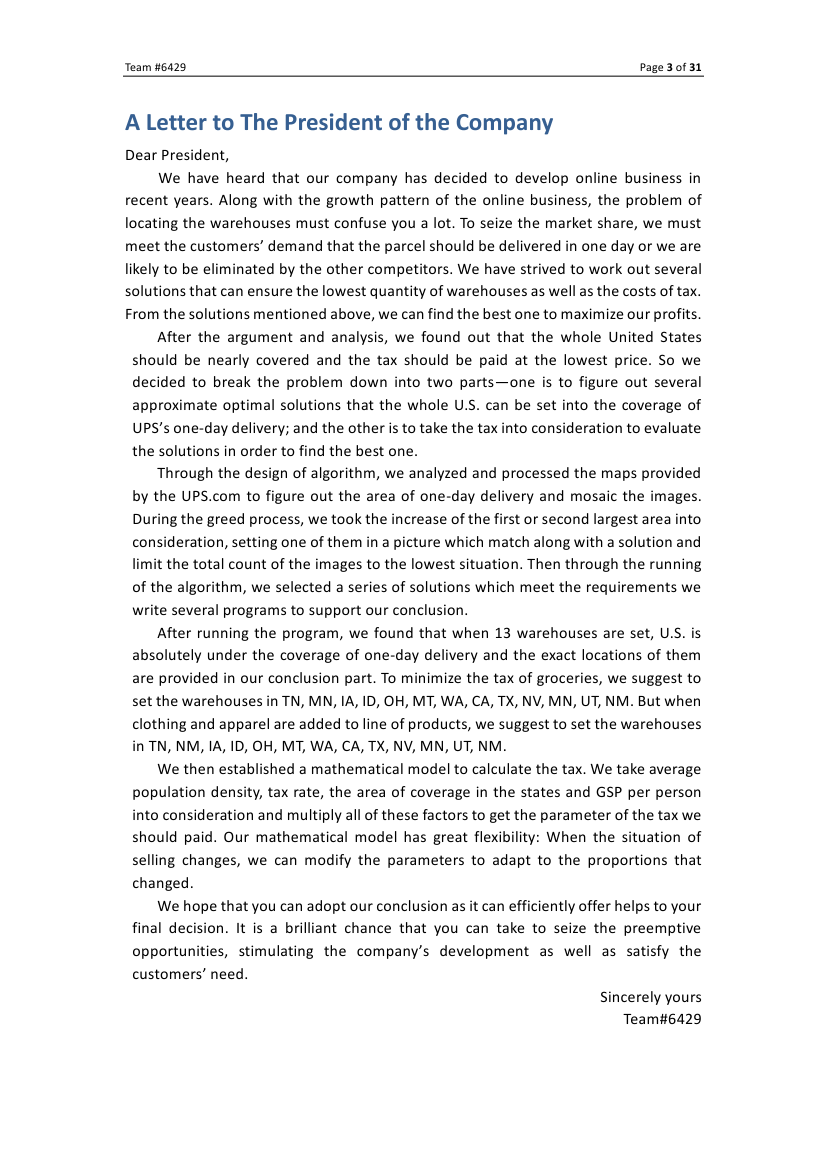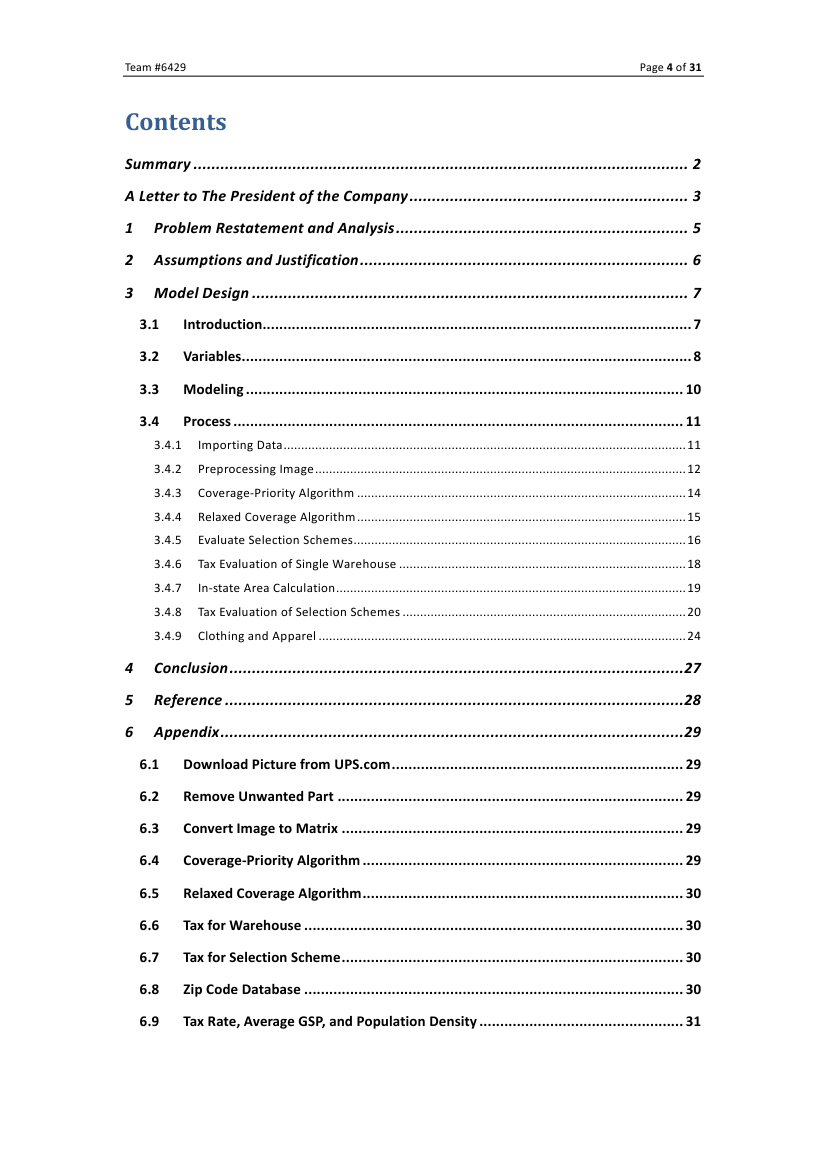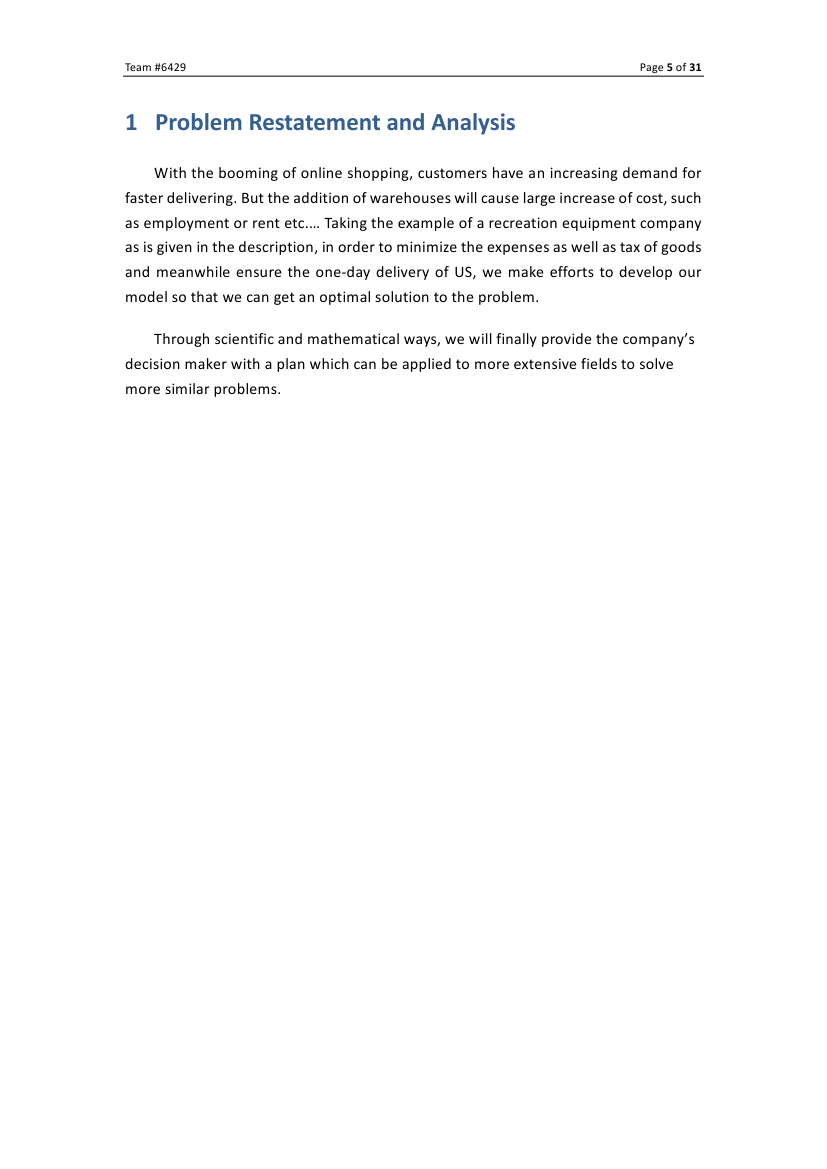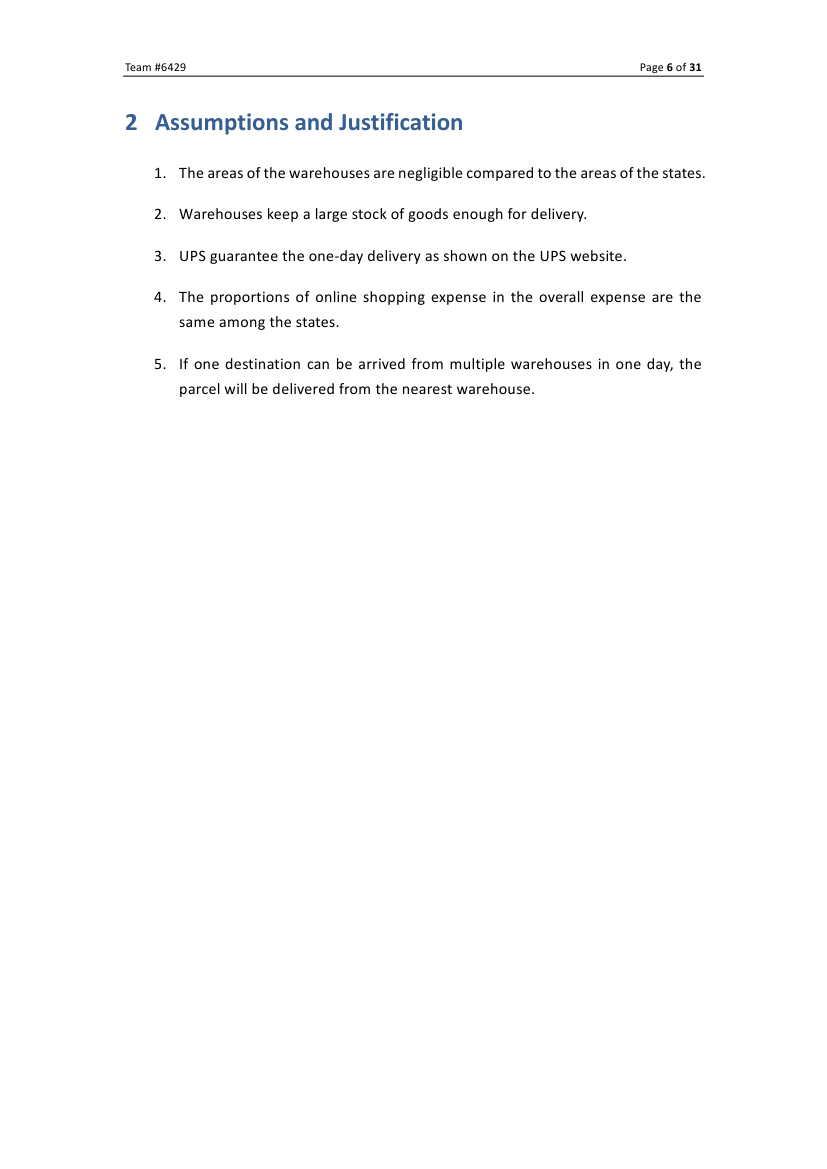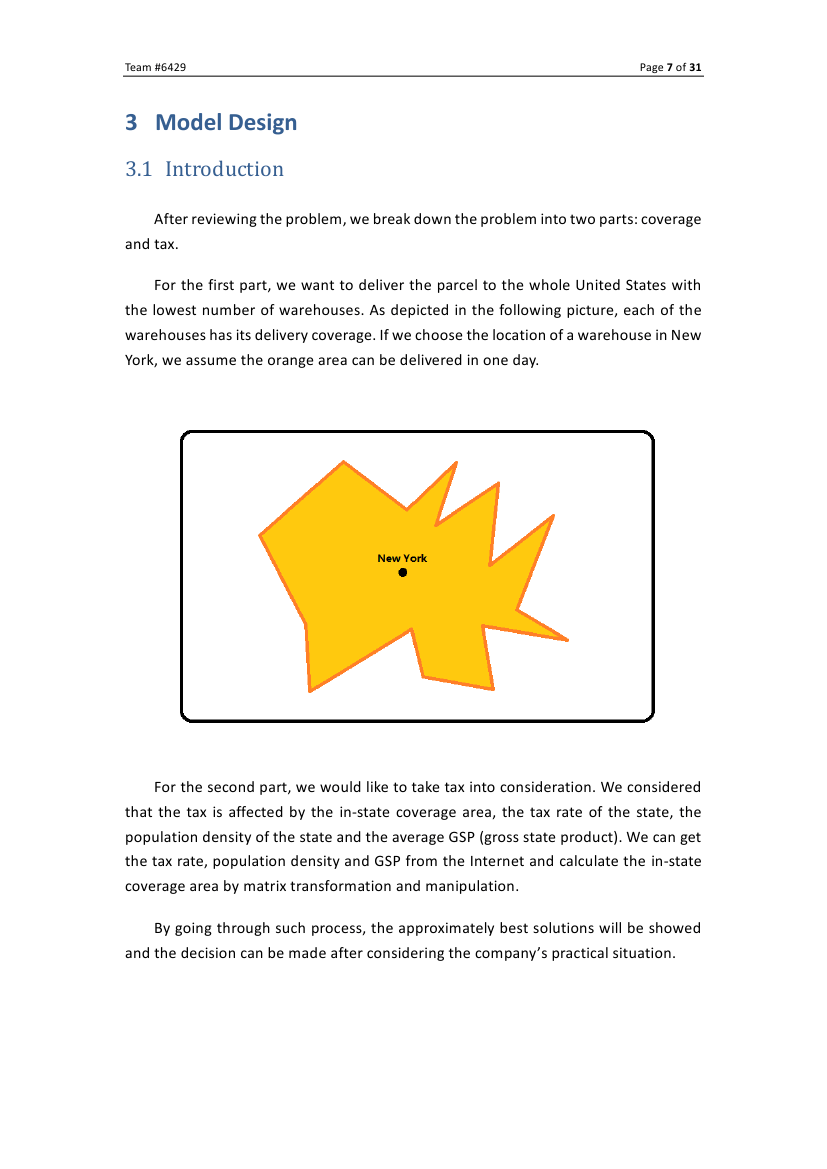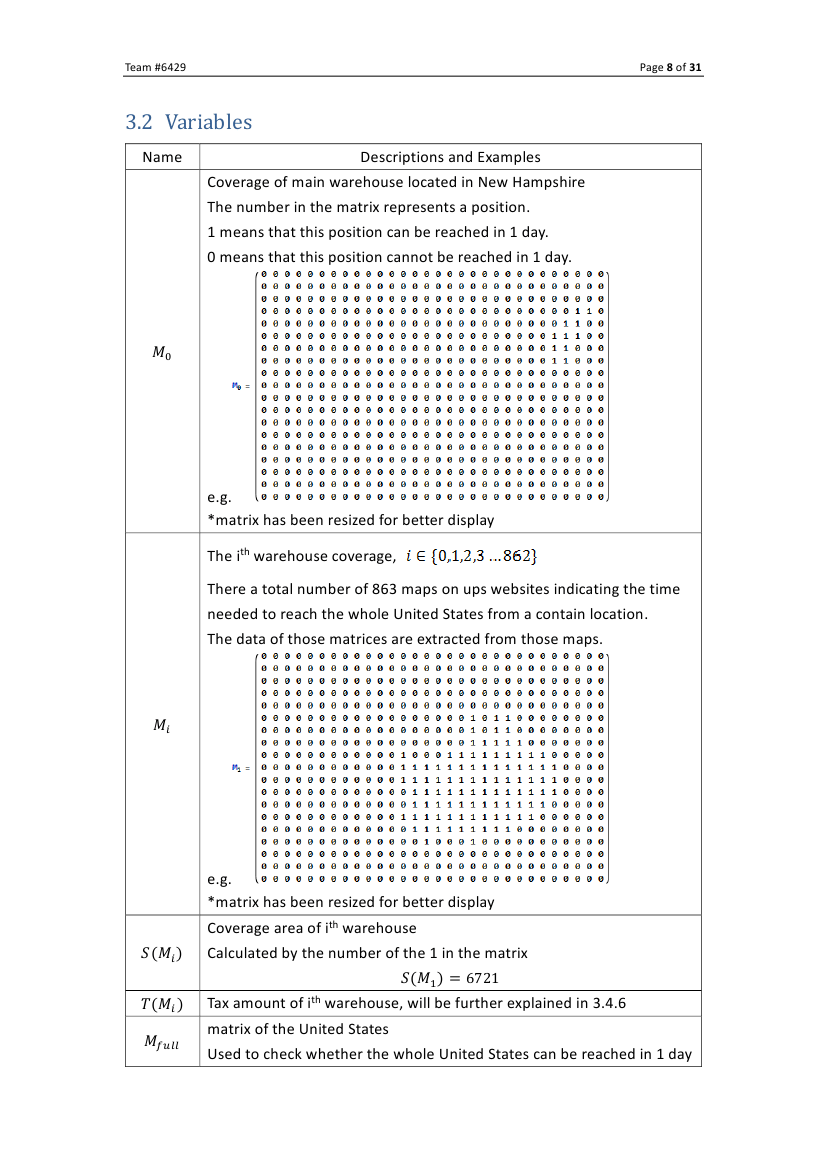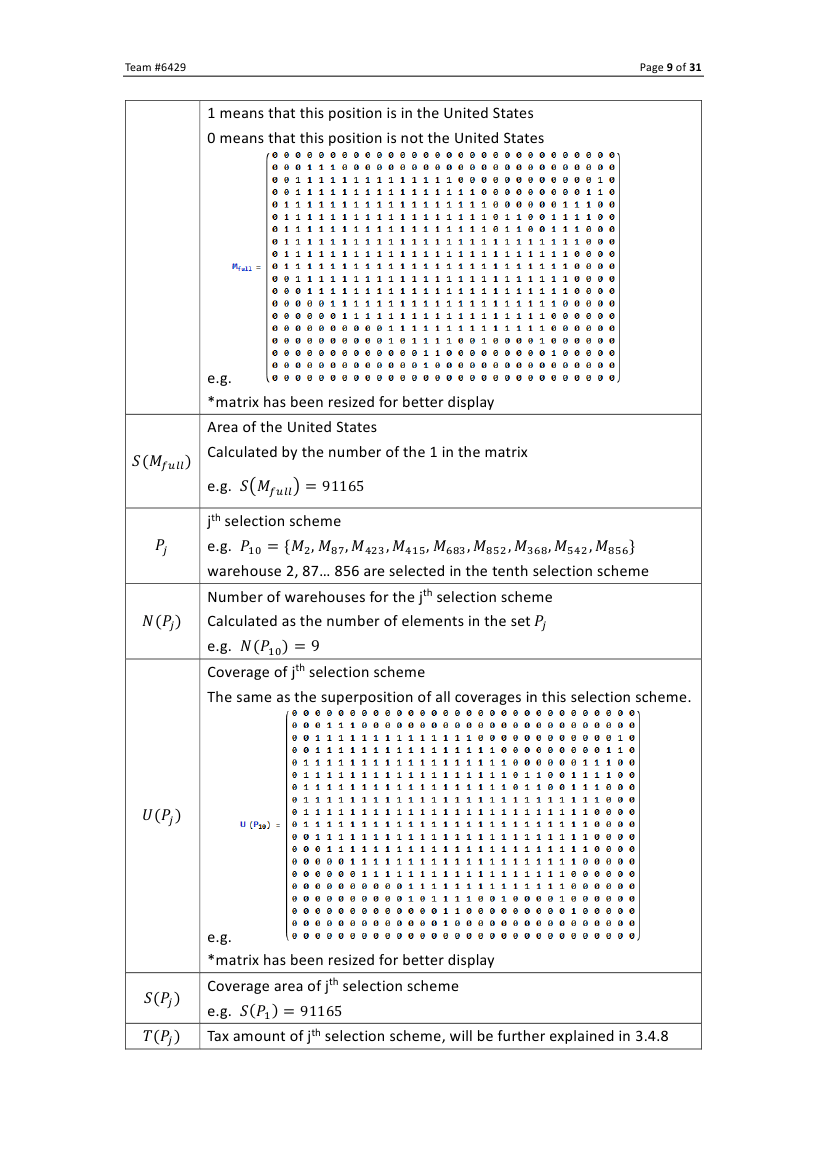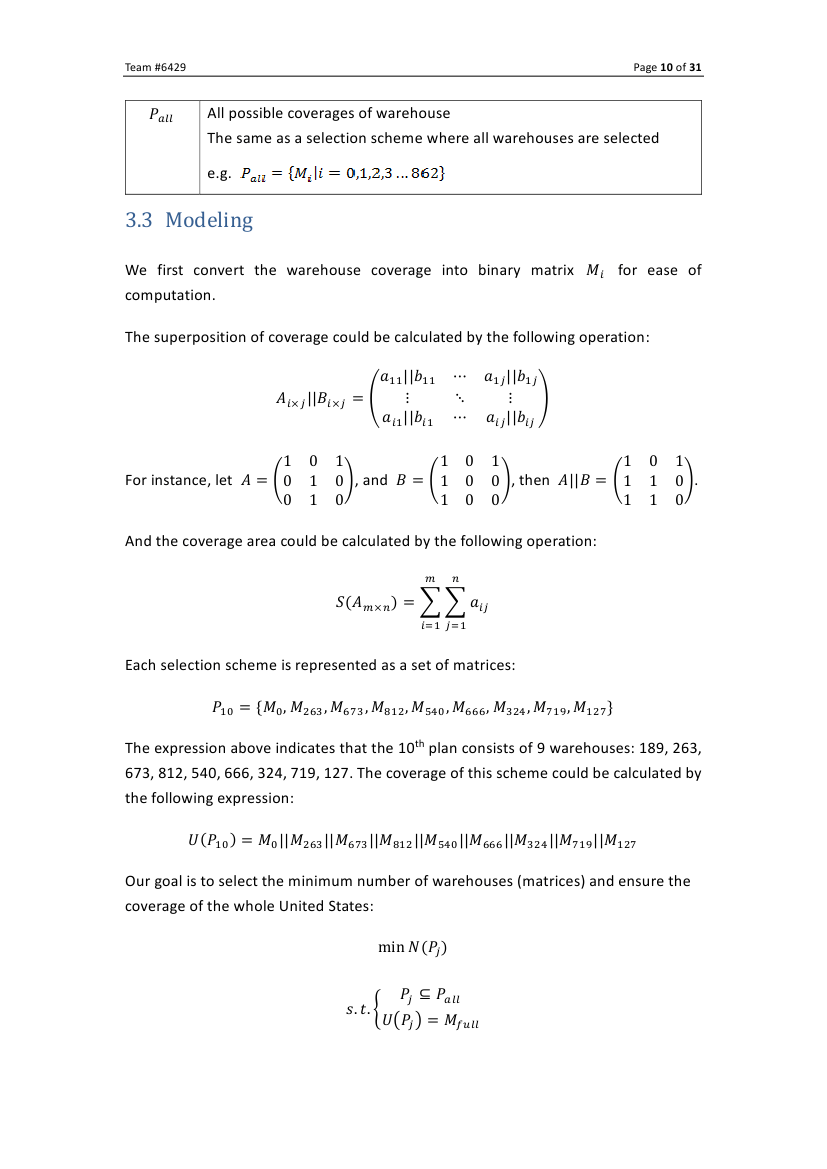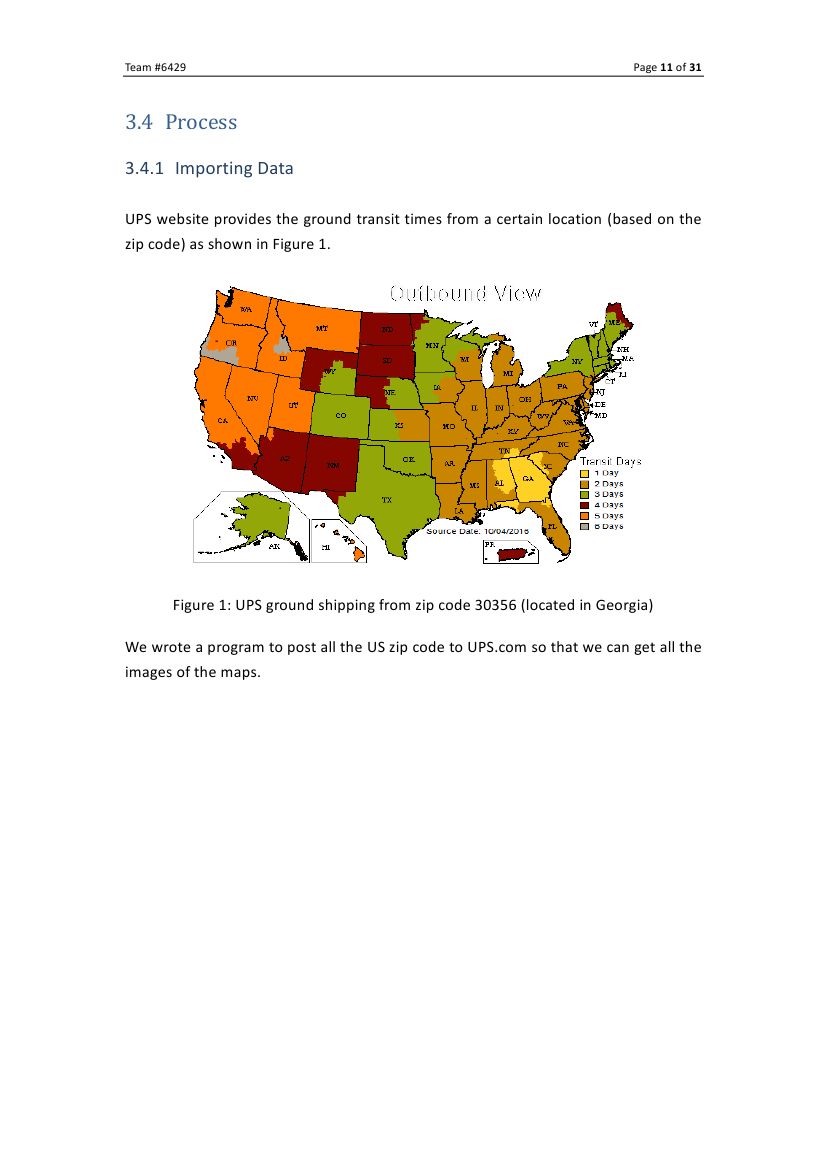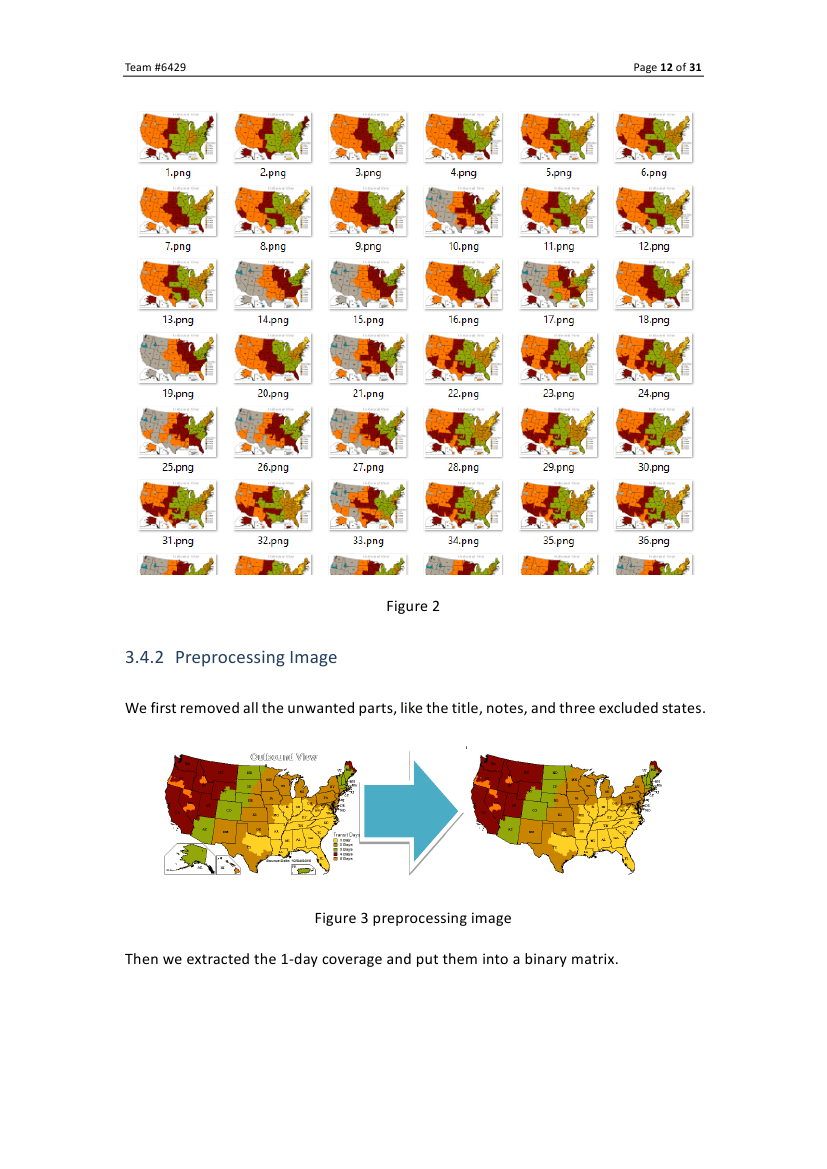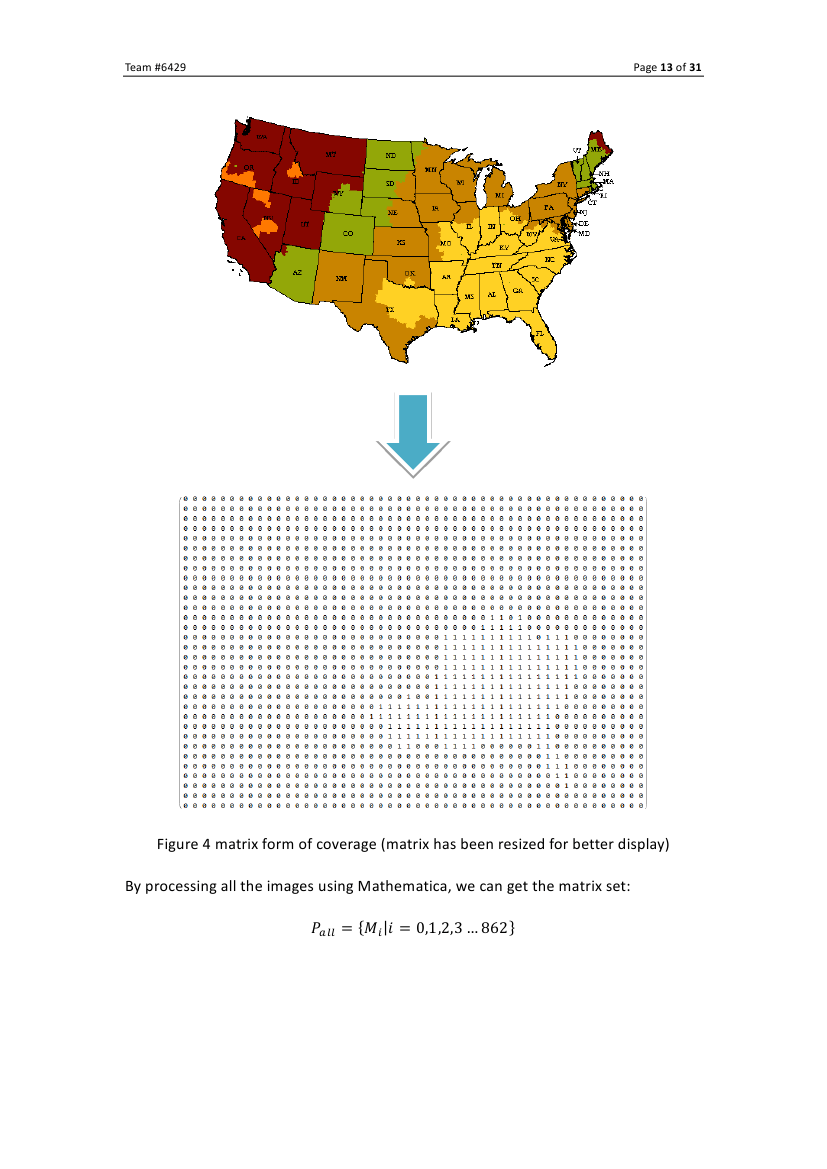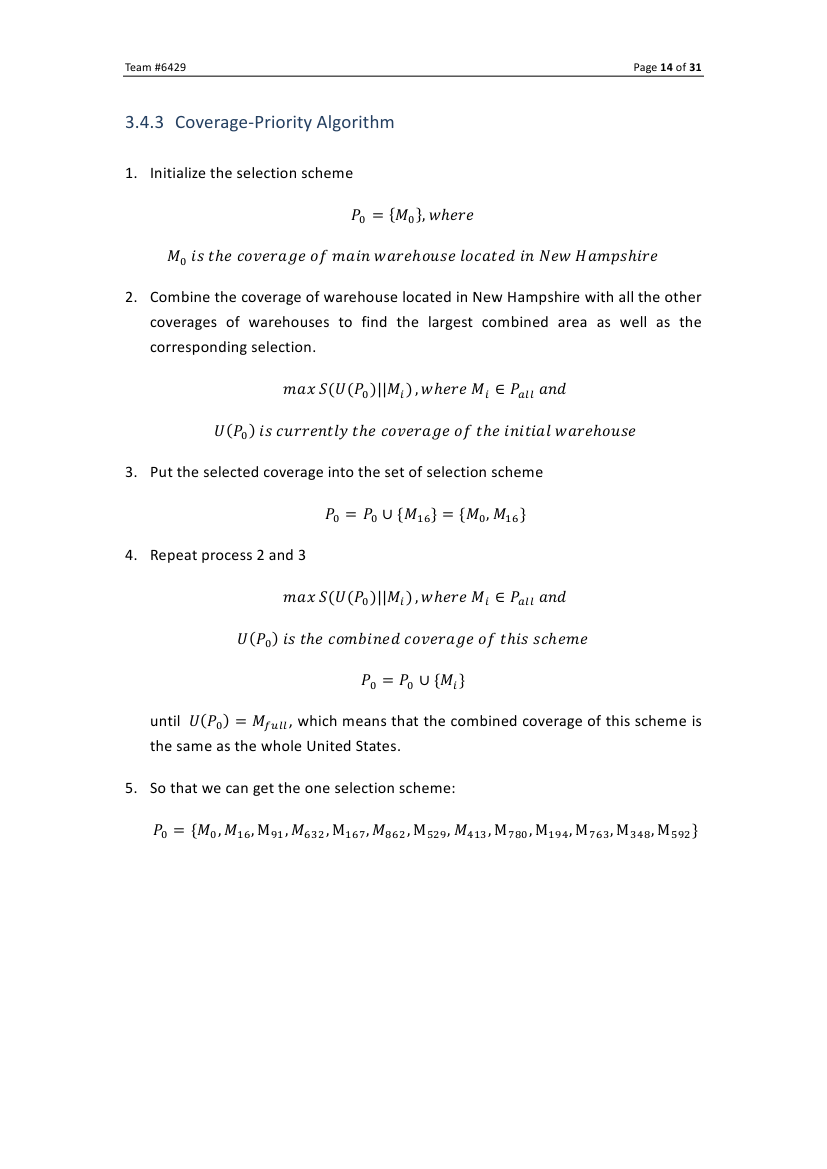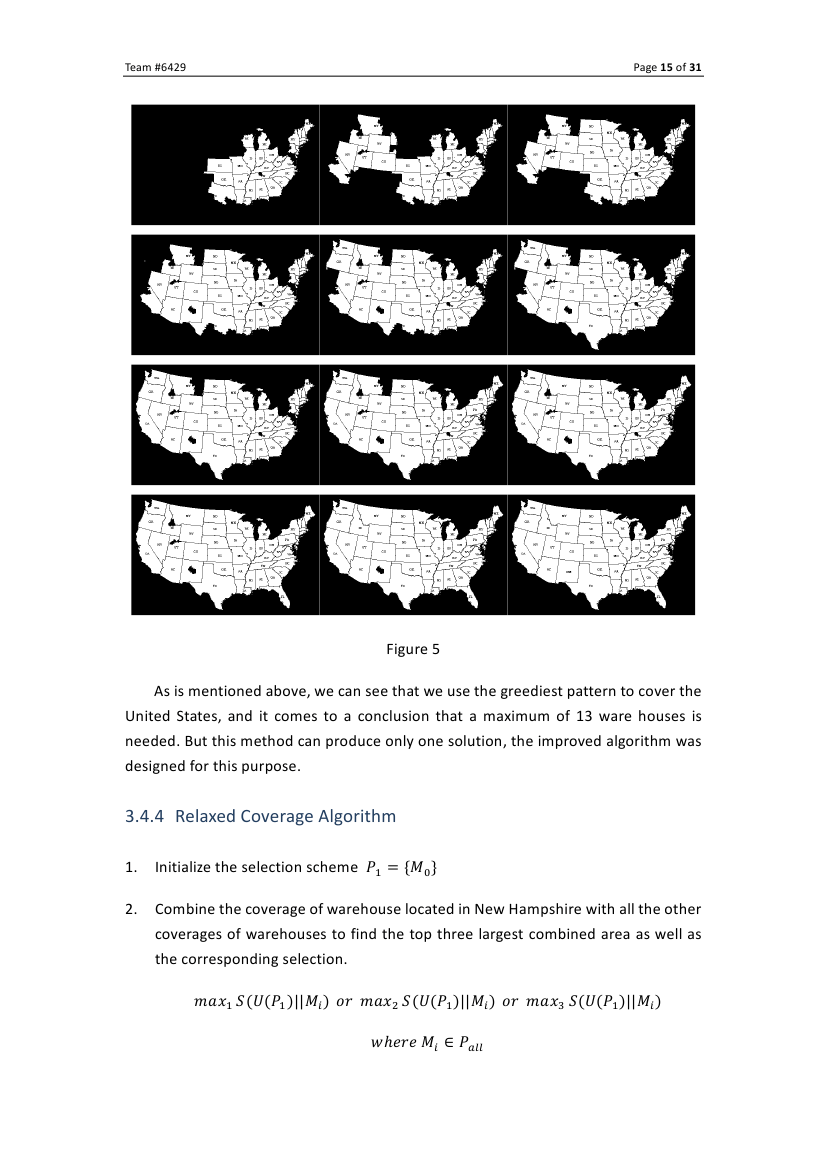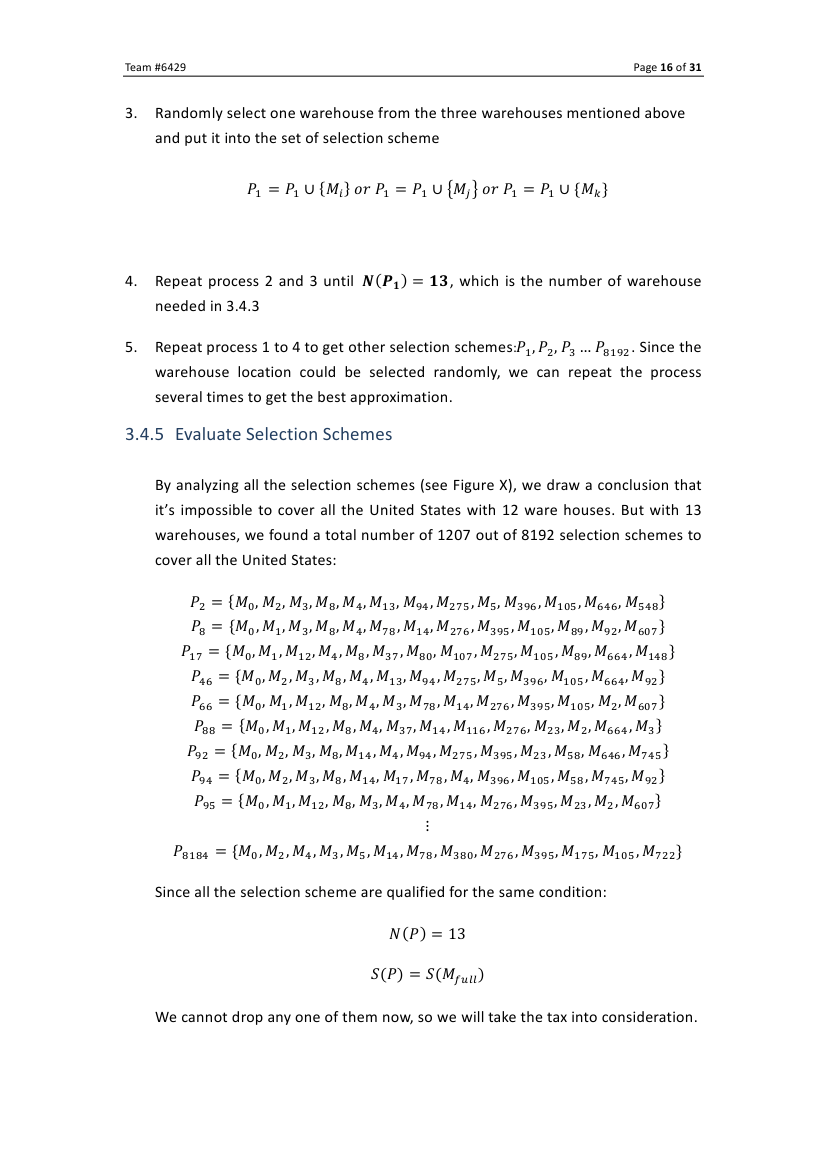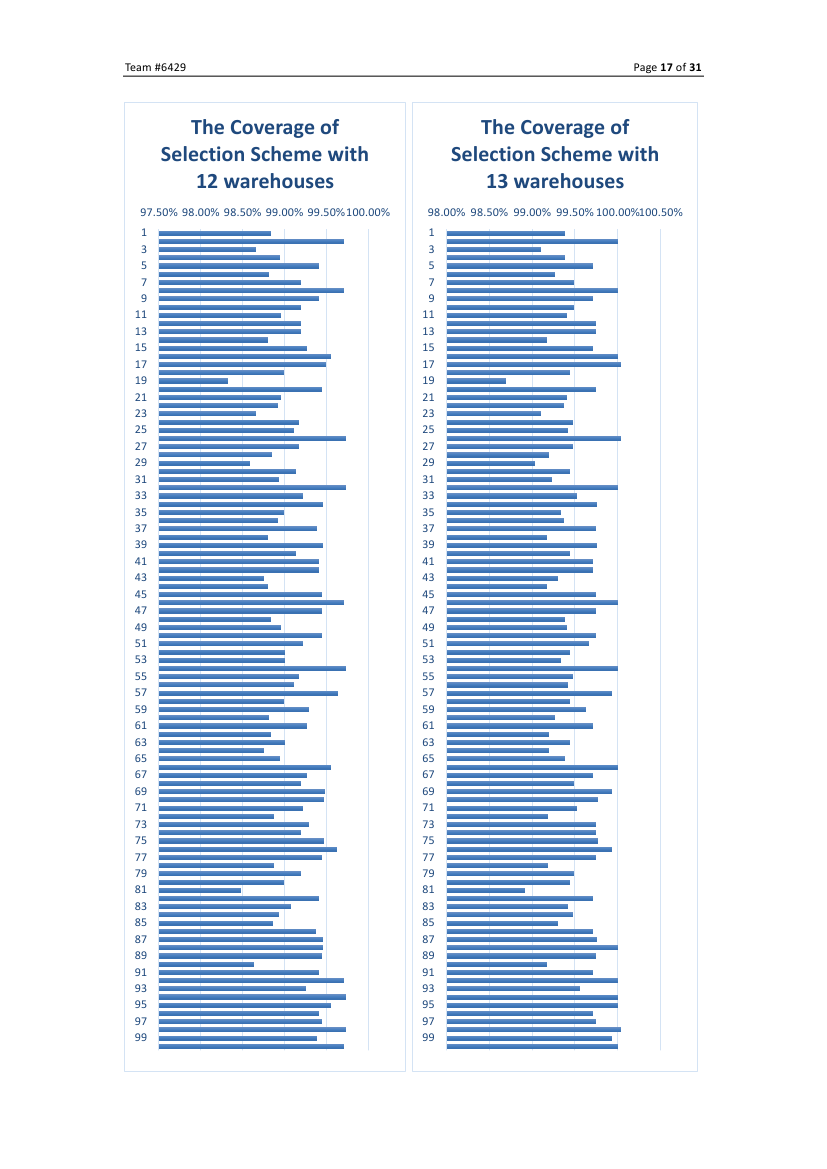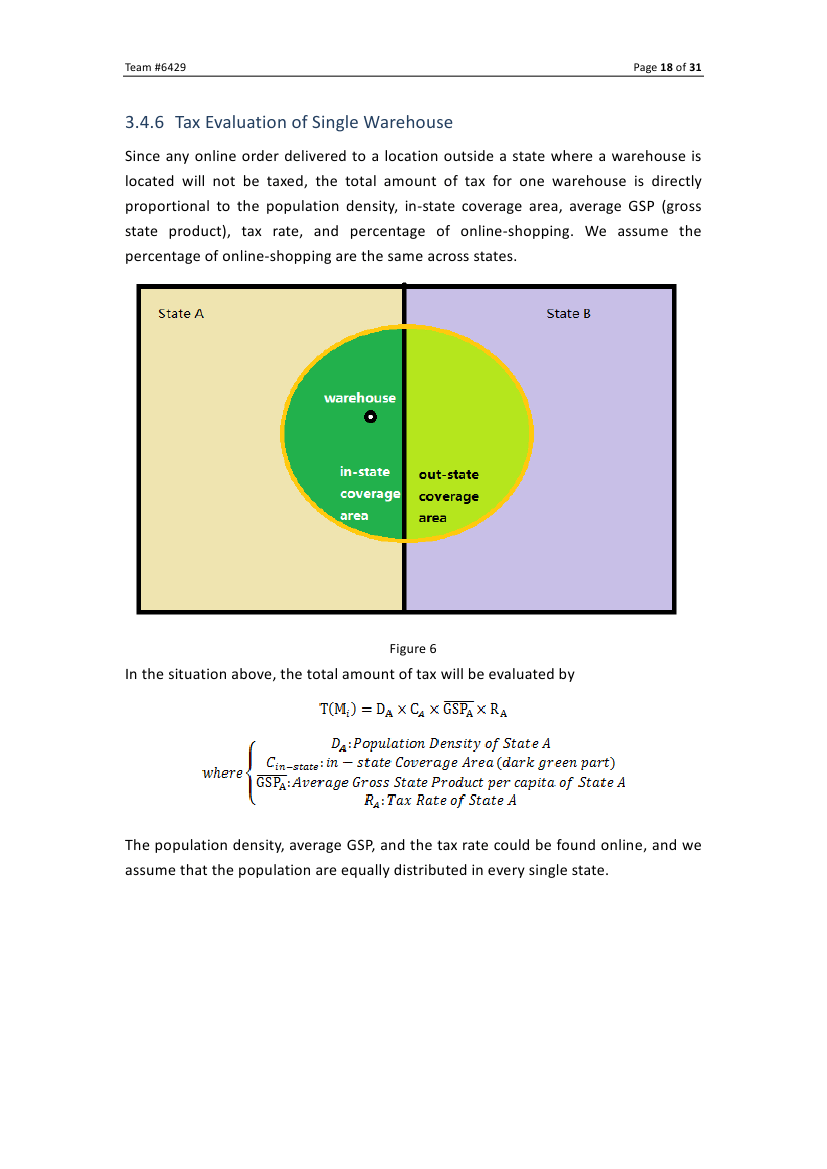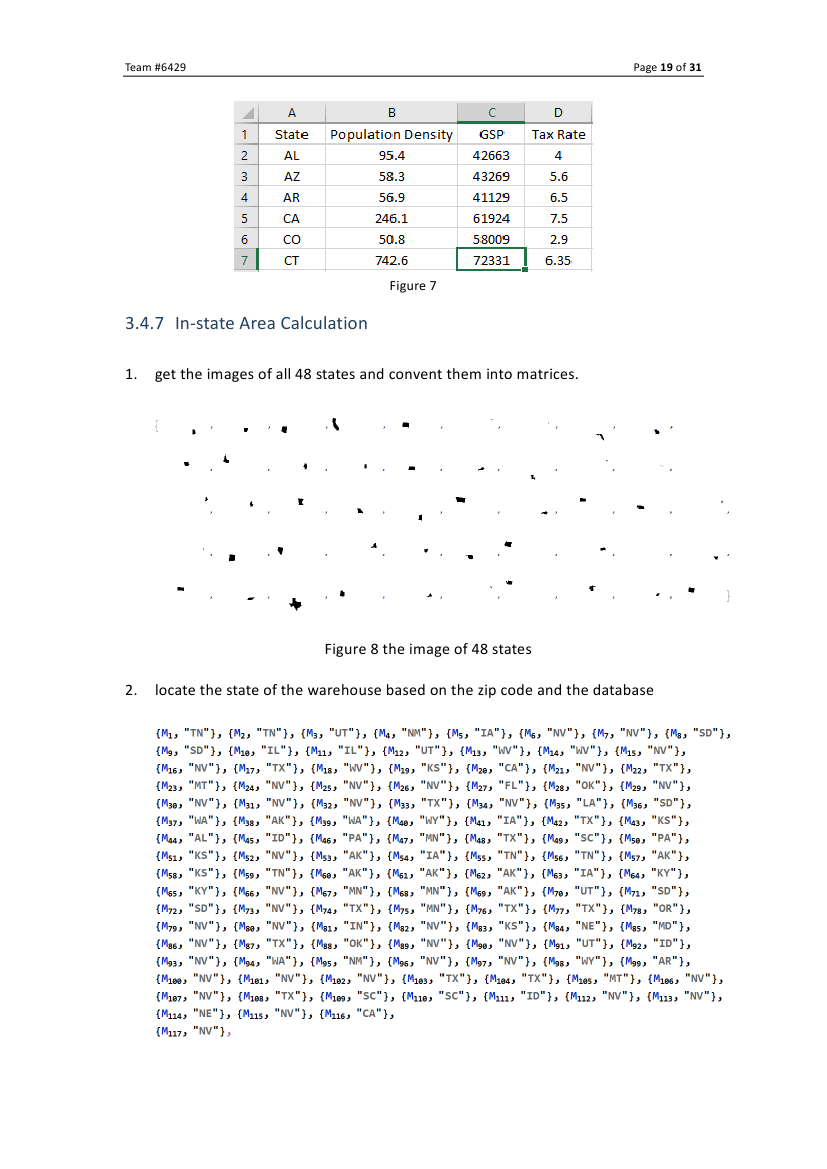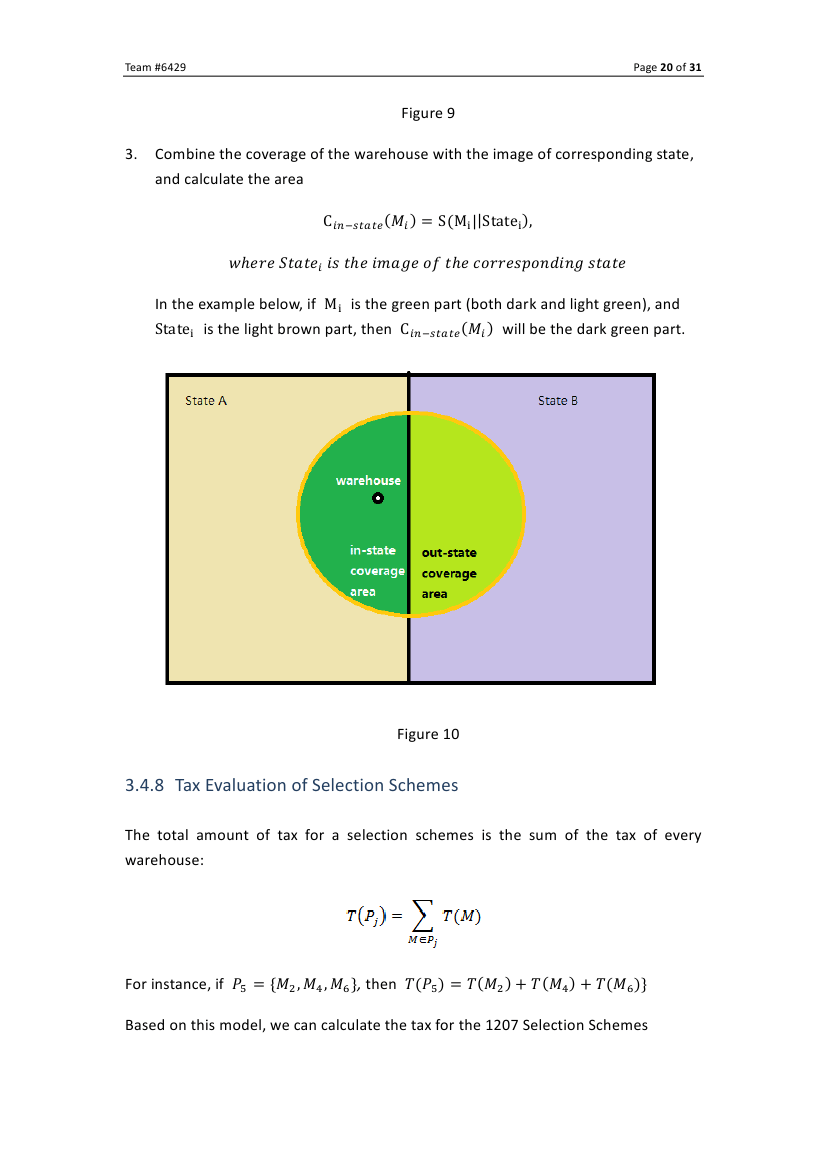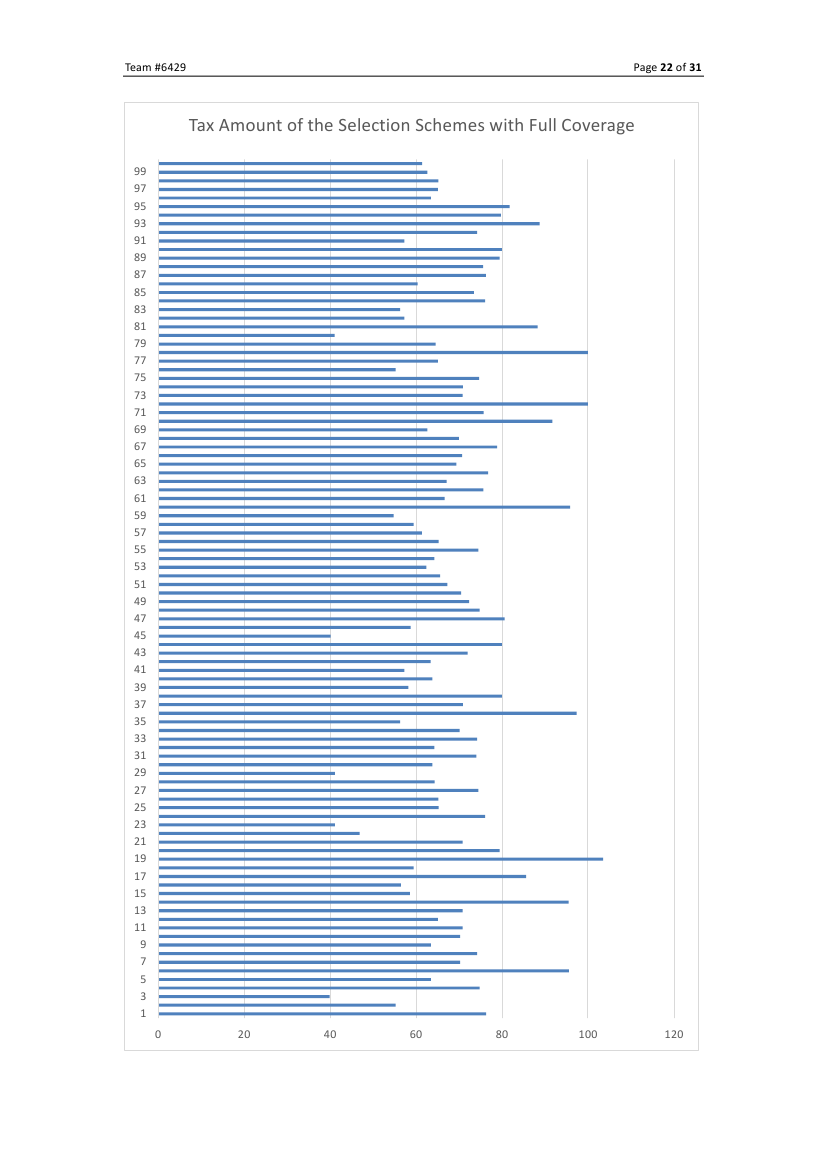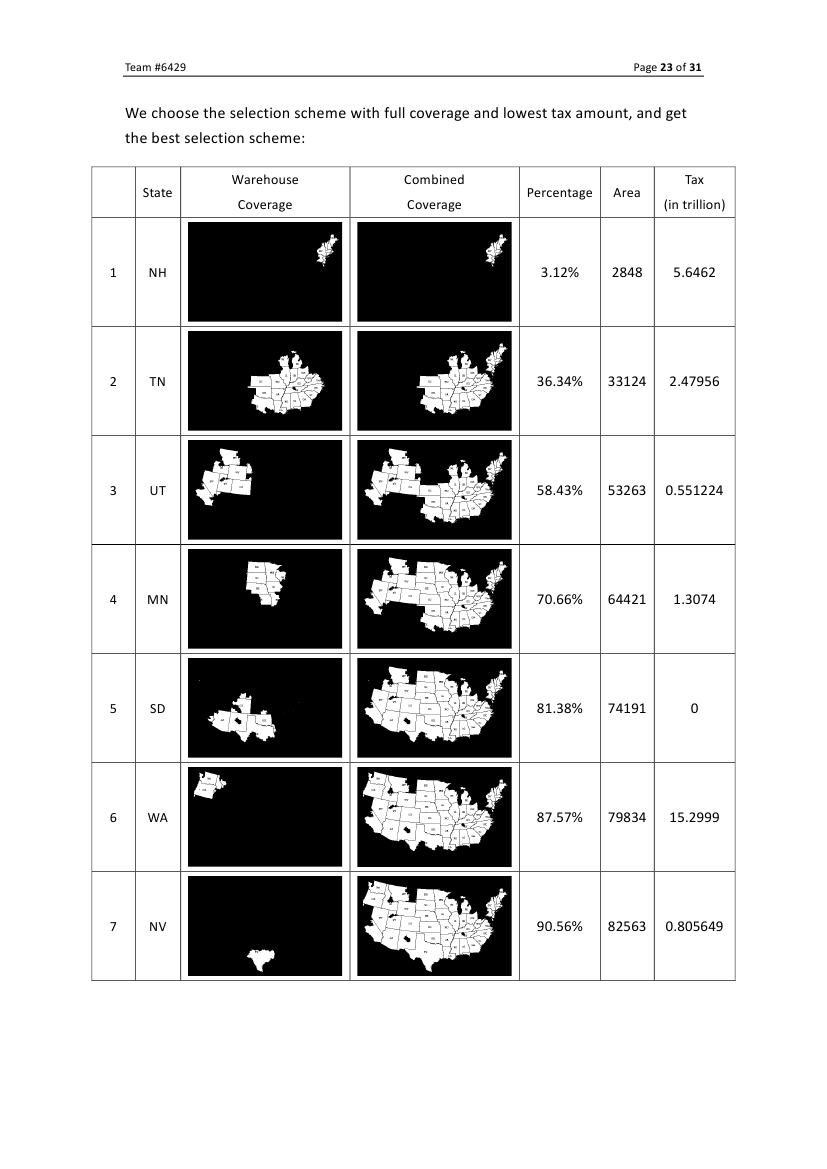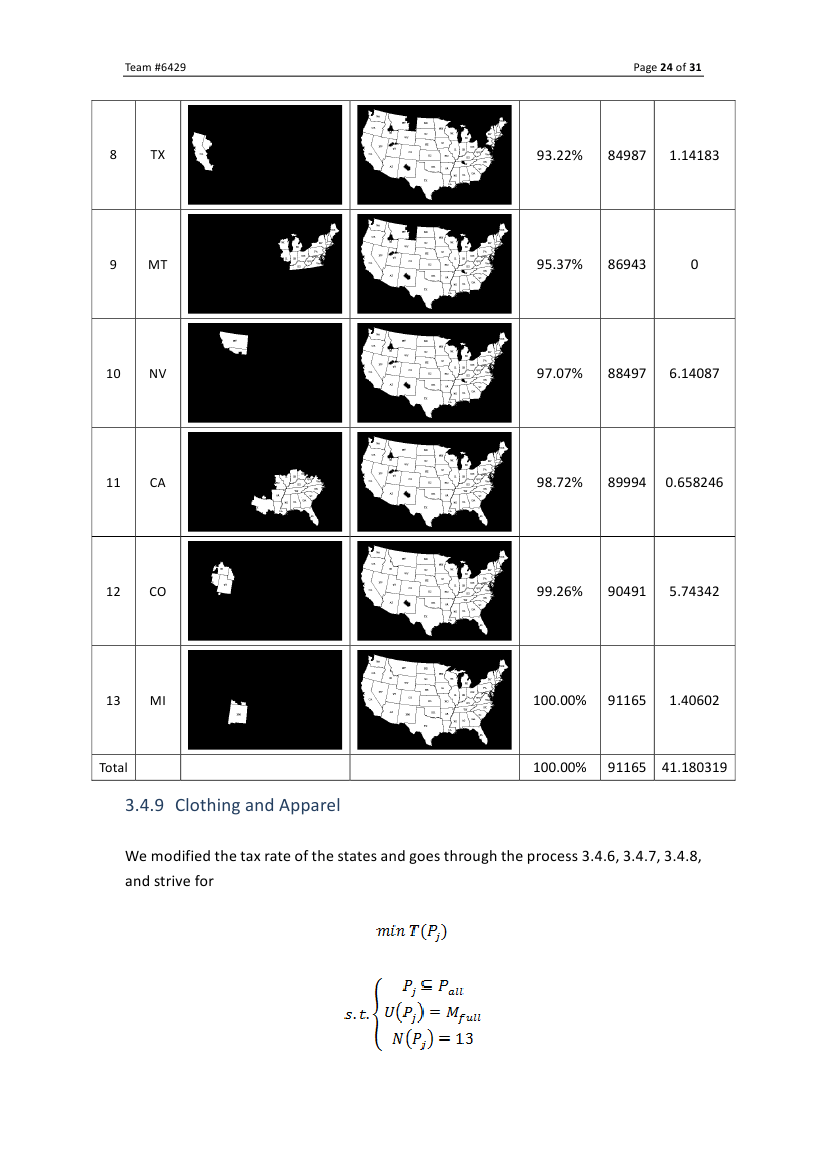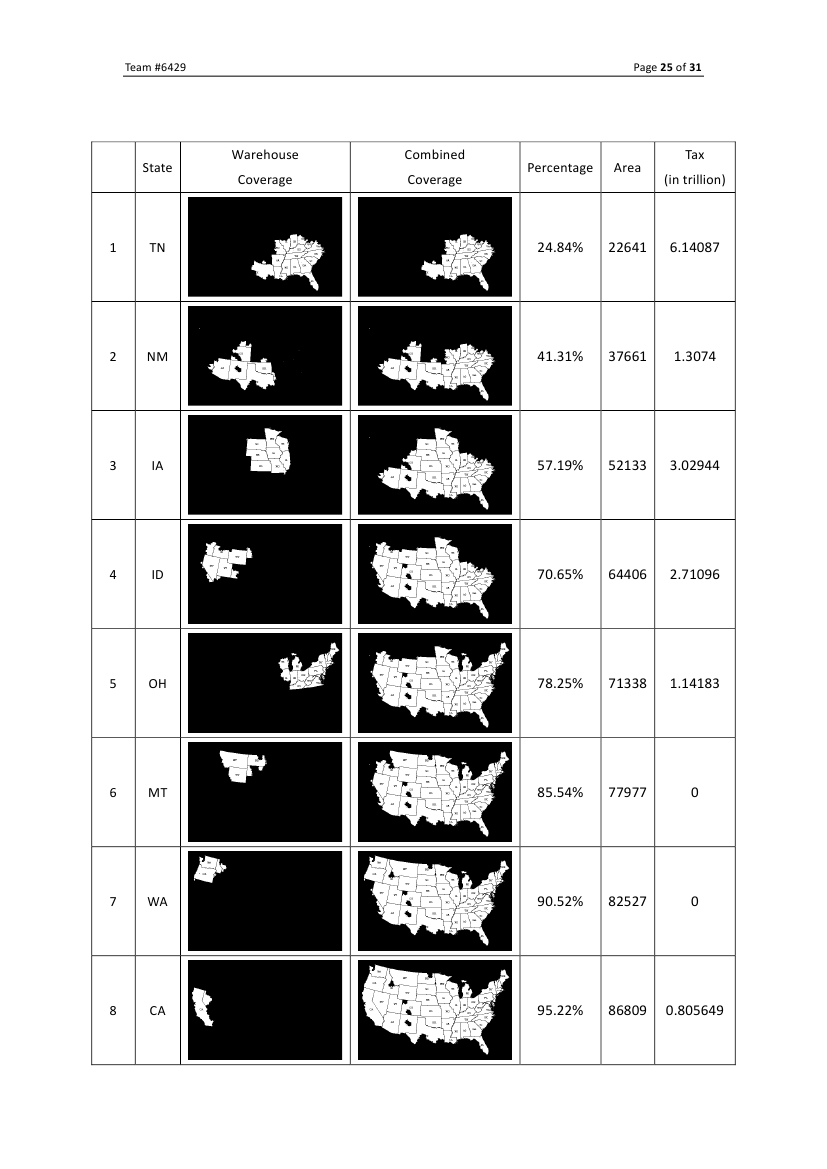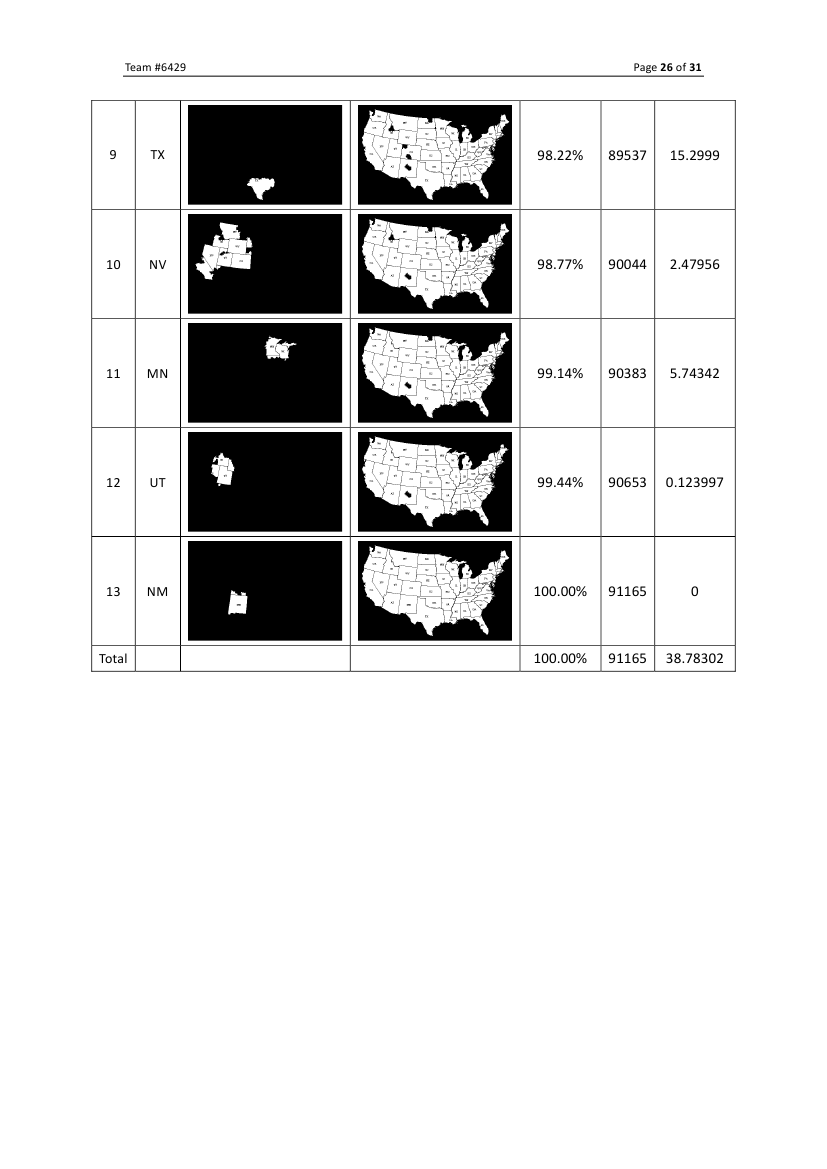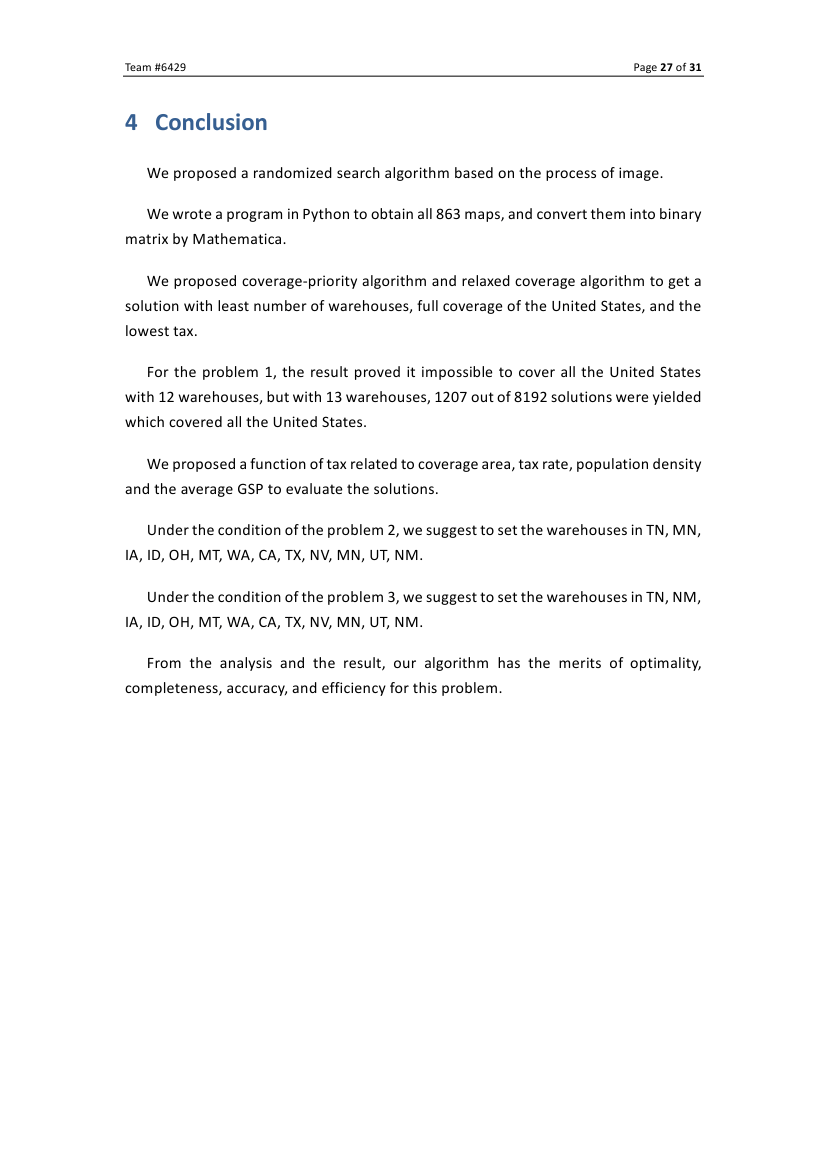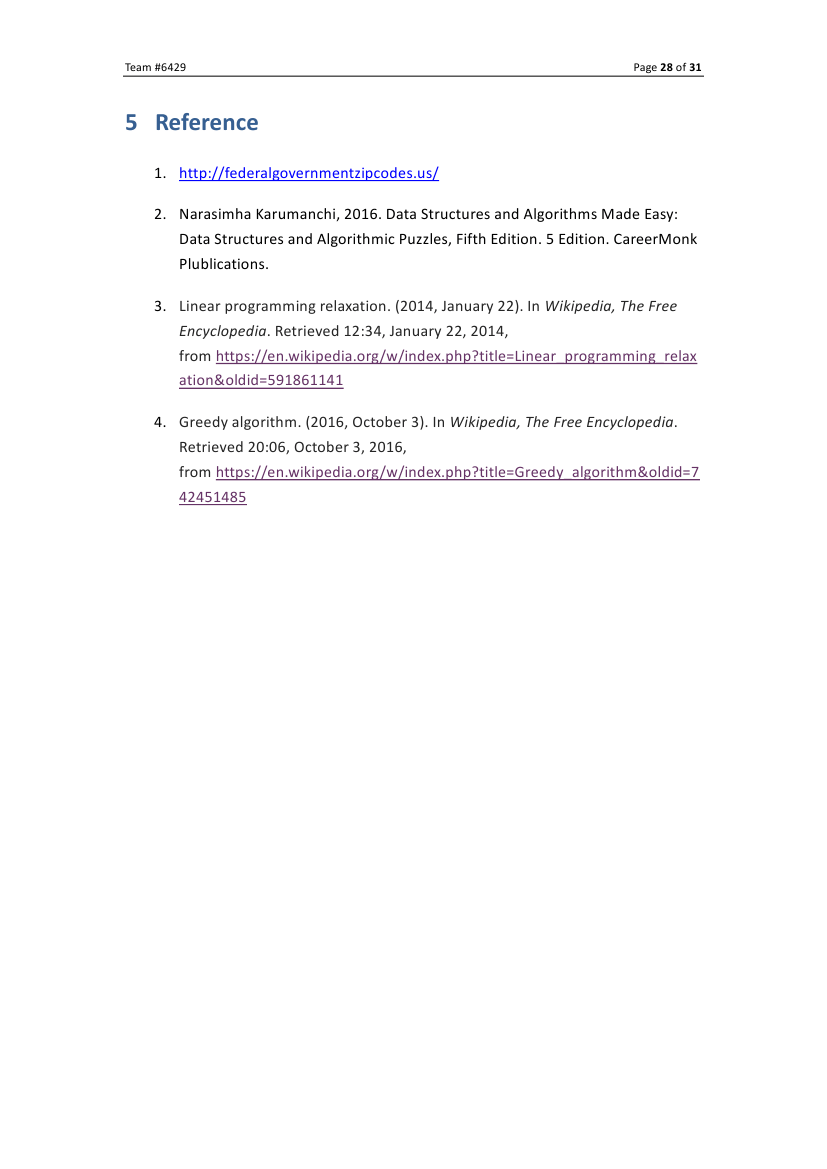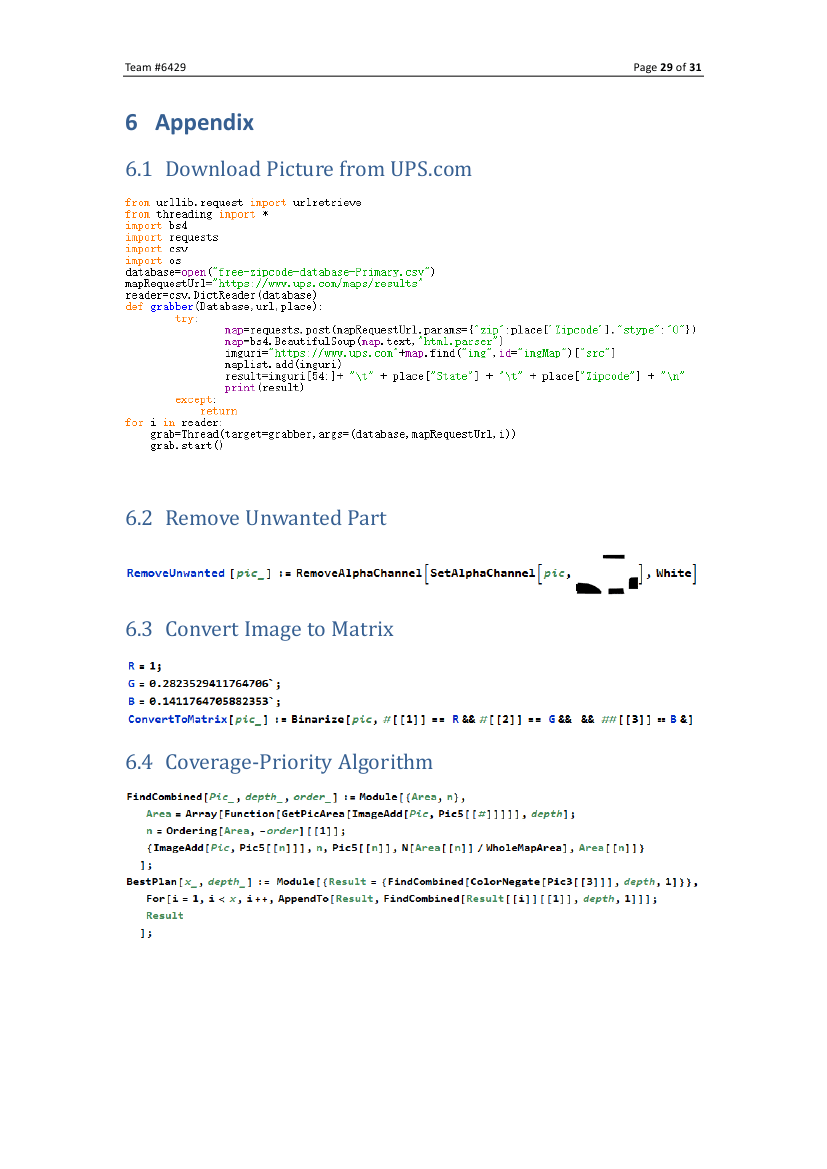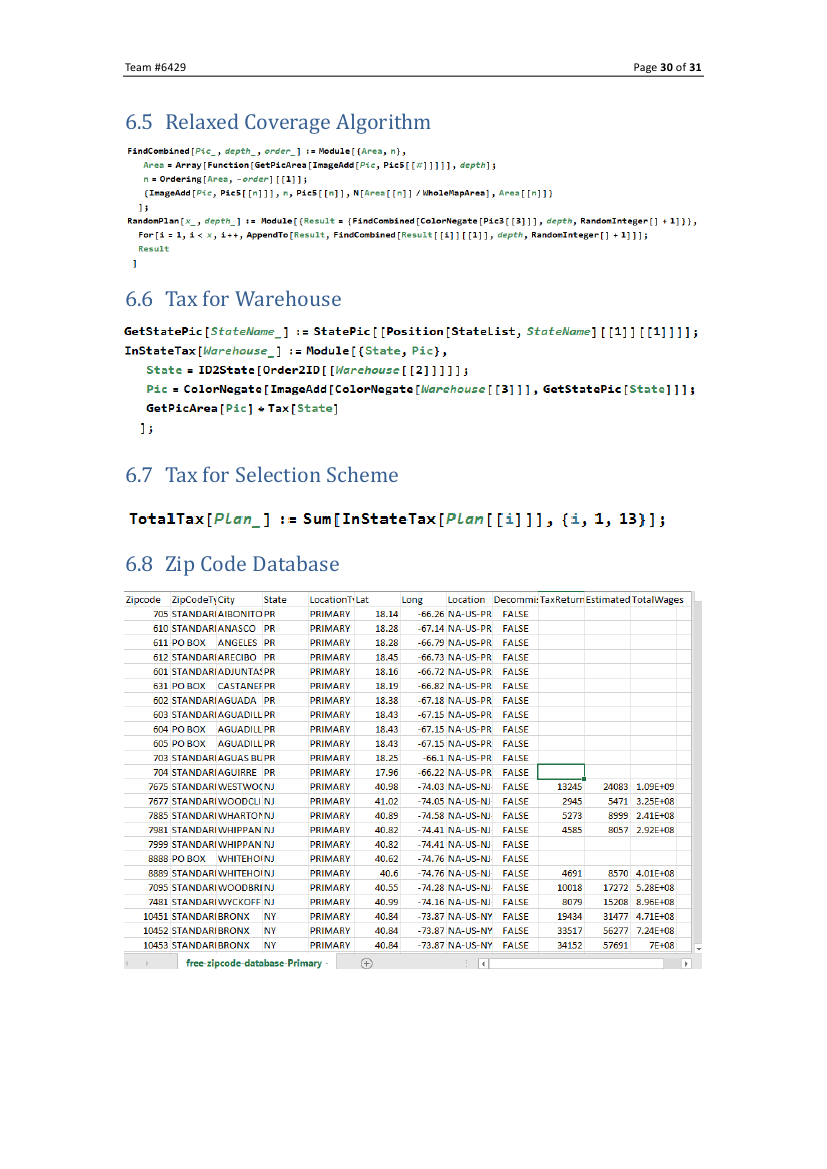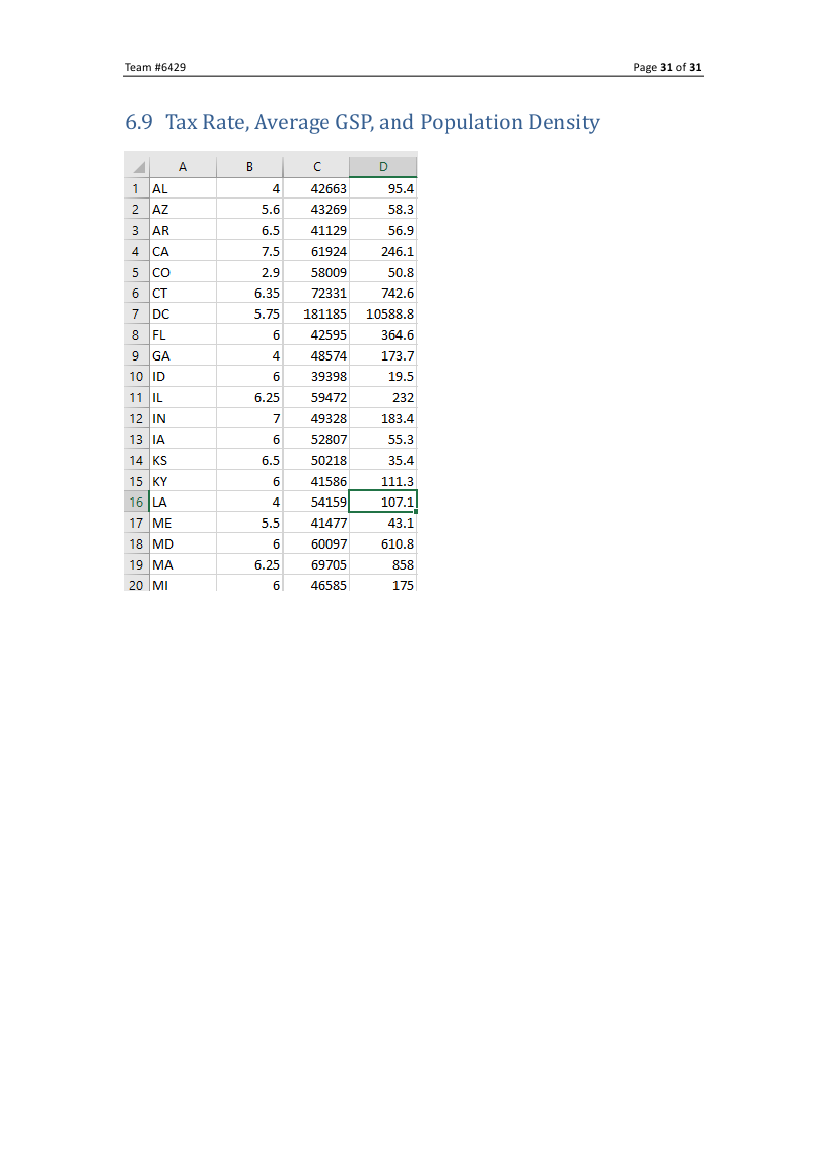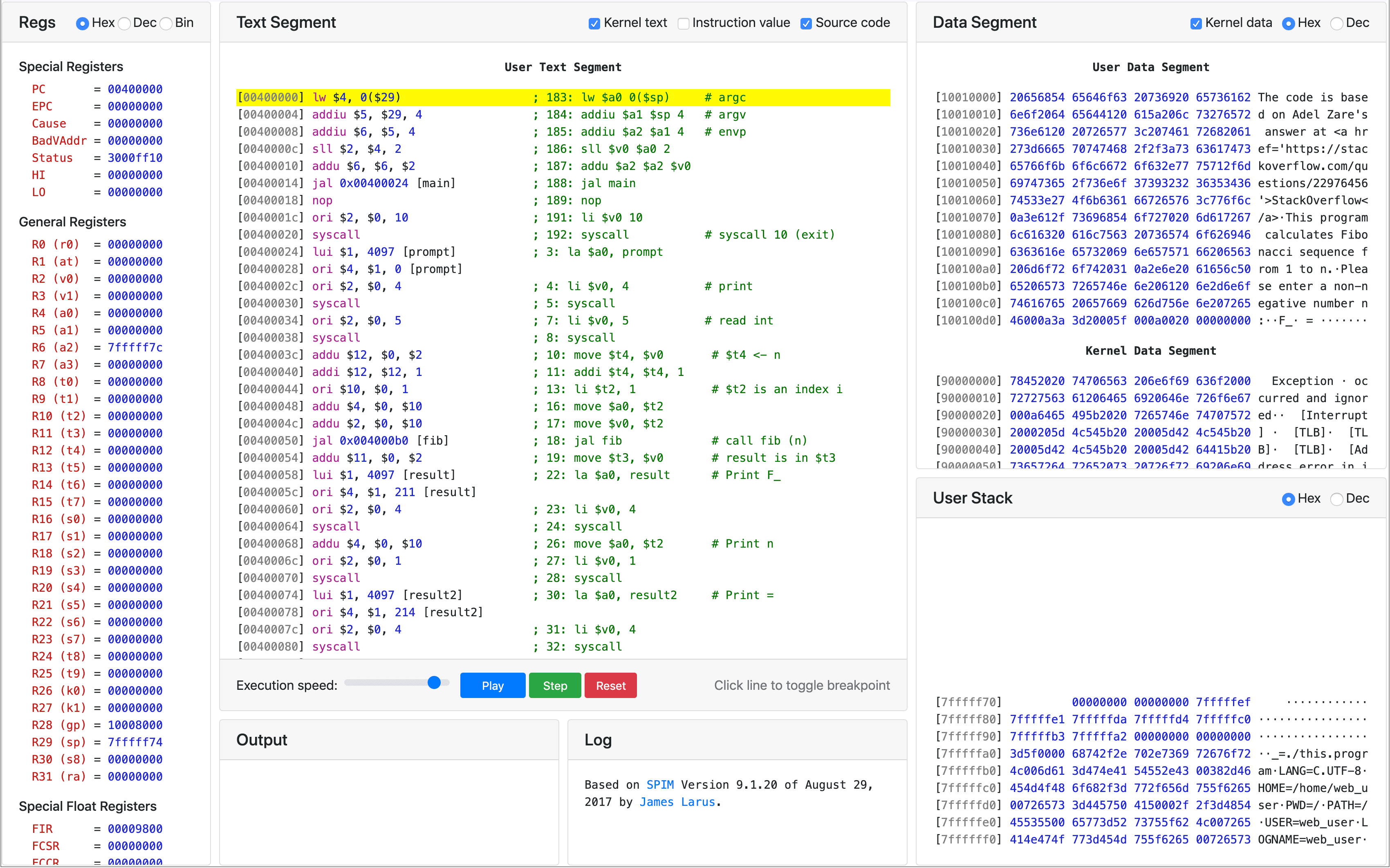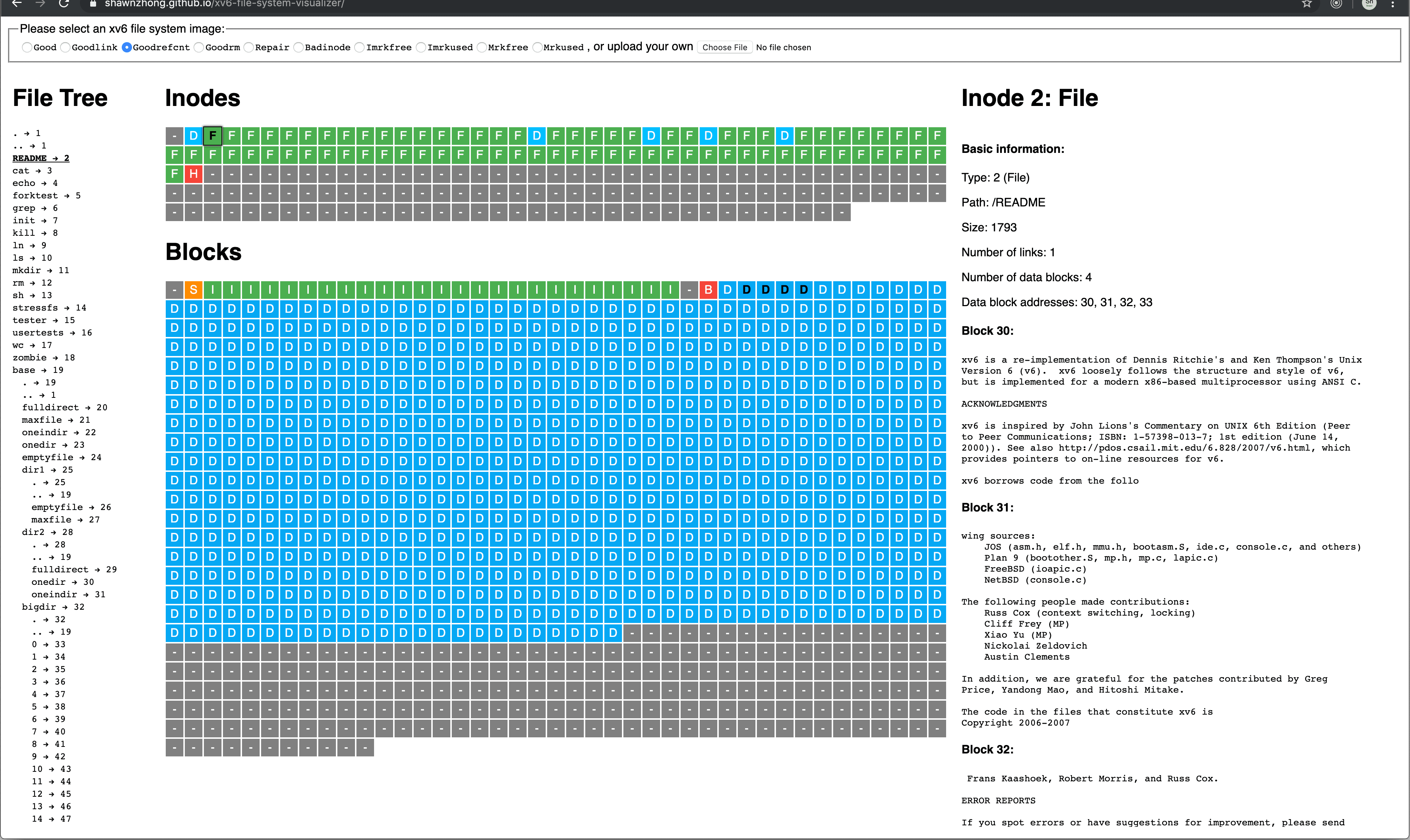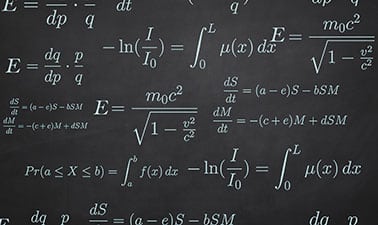
Notes on Math 375: Topics in Multi-Variable Calculus and Linear Algebra
Your comments and criticism are greatly welcomed.
Course Website
Syllabus
Lecture and Homework Schedule
Textbook
Calculus, Volume II, 2nd Edition, by Tom M. Apostol
Calendar
September
All notes from September in PDF format
October
Midterm 1 Practice
All notes from October in PDF format
November
Midterm 2 Practice 1
Midterm 2 Practice 2
All notes from November in PDF format
December
Matrix Algebra Review
Lecture Outlines
Chapter 1: Linear Spaces
Week 01 - 9/7: Vector Space
Week 02 - 9/12: Proof Writing
Week 02 - 9/14: Subspace, Span of Vector Spaces, Linear Independence
Week 03 - 9/19: Linear Independence, Basis, Coordinates
Week 03 - 9/21: Theorems about Linear Dependence
Week 04 - 9/26: Inner Product, Length, Angle
Week 04 - 9/28: Distance, Triangle Inequality, Orthogonal, Gramm-Schmidt Process
Week 05 - 10/3: Midterm 1
Week 05 - 10/5: Best Approximation, Fourier Series
Chapter 2: Linear Transformations and Matrices
Week 06 - 10/10: Linear Transformations, Solving Systems of Equations
Week 06 - 10/12: Injective, Null Space, Range, Rank-Nullity Theorem
Week 07 - 10/17: Algebraic Operations on Linear Transformations, Injective, Inverse
Week 07 - 10/19: Matrix Representation of Linear Transformations, Matrix Multiplication
Week 08 - 10/24: Isomorphism Between Linear Transformations and Matrices, Solving Linear Equations using Matrix
Week 08 - 10/26: Solving Linear Equations
Chapter 3: Determinants
Week 09 - 10/31: Determinants
Week 09 - 11/2: Uniqueness Theorem, Properties of Determinants
Week 10 - 11/7: Determinant and Area, Inverse of Matrix, Minors and Cofactors
Week 10 - 11/9: Cofactor Expansion, Cramer's Rule, Linear Independence and Determinant
Chapter 4: Eigenvalues and Eigenvectors
Week 11 - 11/14: Eigenvalues, Eigenvectors
Week 11 - 11/16: Midterm 2
Week 12 - 11/21: Characteristic Polynomial, Trace, Diagonalization
Week 12 - 11/23: Thanksgiving Break
Chapter 8: Differential Calculus of Scalar and Vector Fields
Week 13 - 11/28: Open Balls, Limits, Continuity, Directional Derivative
Week 13 - 11/30: Partial Derivative, Total Derivative, Linear Approximation Formula
Week 14 - 12/5: Differentiable, Total Derivative, Continuity, Multivariable Chain Rule
Week 14 - 12/7: Differentiable, Chain Rule, Gradient, Level Sets
Week 15 - 12/12: Multivariable Chain Rule, Jacobian Matrix
